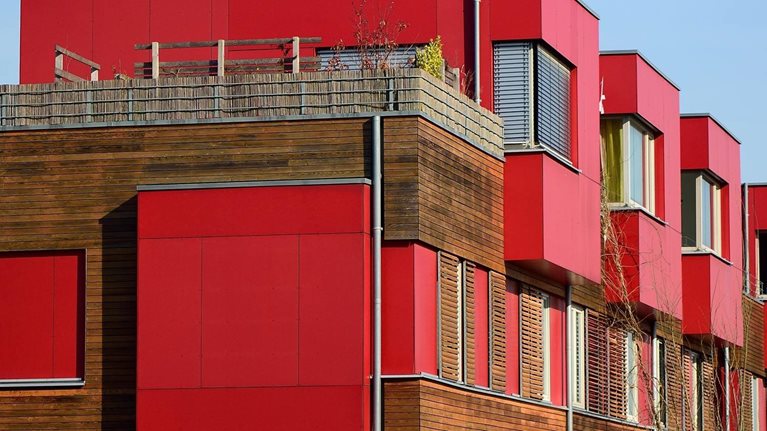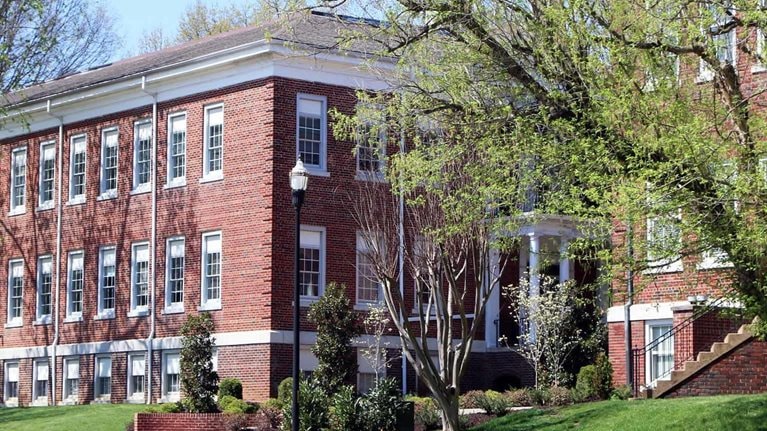Interview transcript
Subbu Narayanswamy, senior partner, McKinsey & Company: We've had decades now of the experiment of governments trying to solve affordable-housing programs, where they want high-quality but low-cost housing at scale and speed. Labor is getting expensive, safety issues, noise issues, sustainability issues.
Cesar Ramirez Martinell, chairman, Barcelona Housing Systems: The globe needs many solutions to address these because it's a seriously, very complicated thing to solve. And what we have done is integrate several tools which starts from planning, then architecture, then engineering, then production engineering, then onsite plans, community life, self-driving cars, altogether is what we call an integrated solution.
Subbu Narayanswamy: I think the industry is now coming to the belief that the core modules are probably going to be the same. You then add architectural features, you can do the interiors, you could do a lot of the landscaping to spec it at different levels. But the core—which is concrete, steel, all of the insulation—all of that will get commoditized and standardized.
Cesar Ramirez Martinell: The problem of the many policies that you find around the world trying to solve affordable housing is that they are still going to low-rise spread planning solutions, which doesn't work. It’s not sustainable.
Isabel Dedring, global transport leader, Arup: If you look at a place like Sydney or Los Angeles, they understand they need to densify. The cities are growing—the urban form needs to change.
But then when you say transit-oriented development, they think 50-story tower blocks. But it doesn't have to look like that.
Khoo Teng Chye, executive director, Centre for Liveable Cities: The real challenge for cities is how do we make them livable even though they are high density? I think Singapore is a great example.
In 50 years, we have actually tripled our density: five and a half million people on basically 700 square kilometers of land.
Isabel Dedring: Density doesn't have to be hideous. It can create neighborhoods, create communities. But as an industry, we need to work a lot harder to communicate that to the public.
Khoo Teng Chye: At the end of the day, I think a smart city is a city that is livable and sustainable. And technology is really an enabler in the process of making a city livable and sustainable.
Subbu Narayanswamy: All of real estate is now getting smart. We're talking smart offices, smart homes, facility management. It’s already made a huge impact on things like hospitality and finally on the way customers interact with developers is going to change. How they resolve complaints, how they give feedback, how tenants talk to their landlords.
Cesar Ramirez Martinell: We built a mock-up building, a four story building. It took 31 days. We received more than 1,000 families. And the first question our team asked visitors was, would you live in a building like that? They all said yes.
Subbu Narayanswamy: I think we're reaching the tipping point where in the future, homes will be manufactured in factories. For all you know it'll get manufactured in Shanghai, shipped in containers, and will be assembled at site.
Is this five years away, ten years away? I don't know. But I think the moment is clearly starting.

Global Infrastructure Initiative
Convening global leaders in infrastructure and capital projects in pursuit of new solutions

